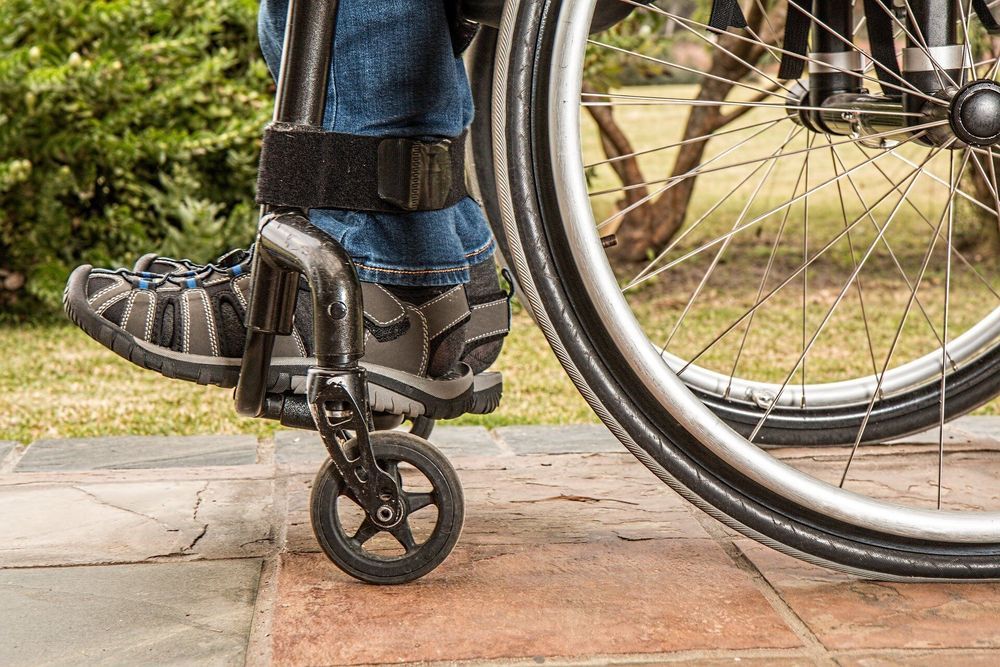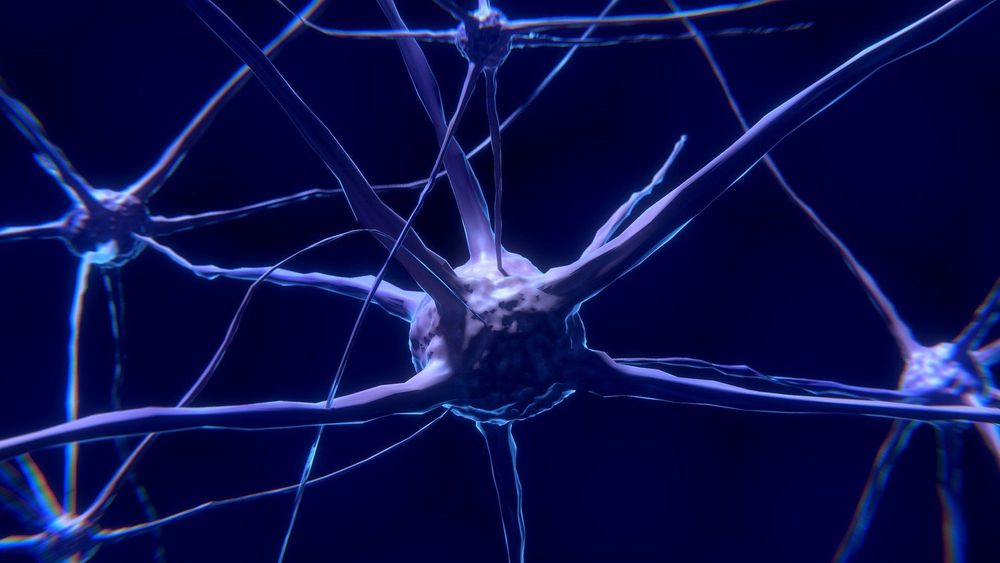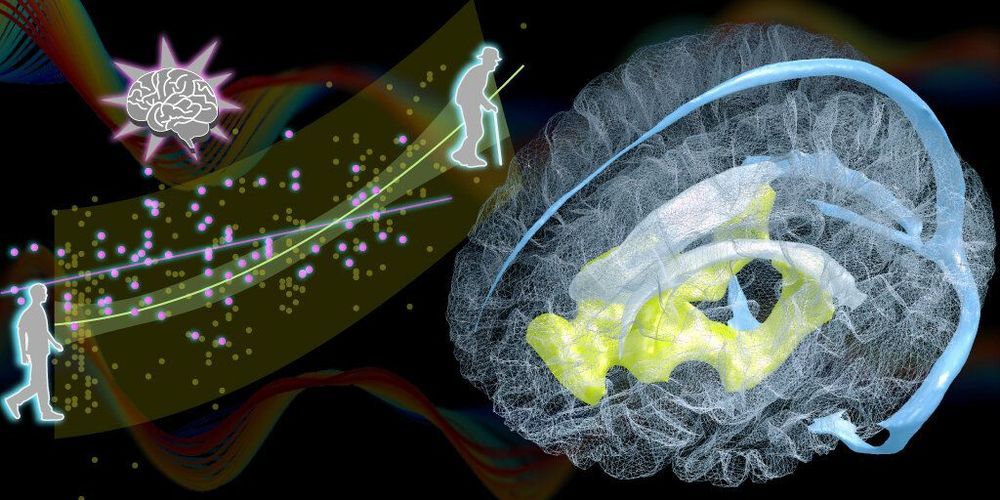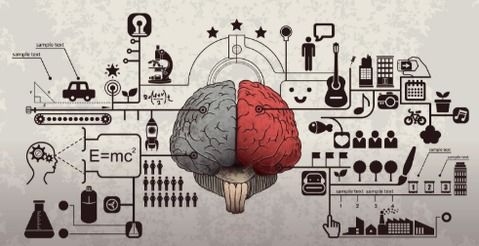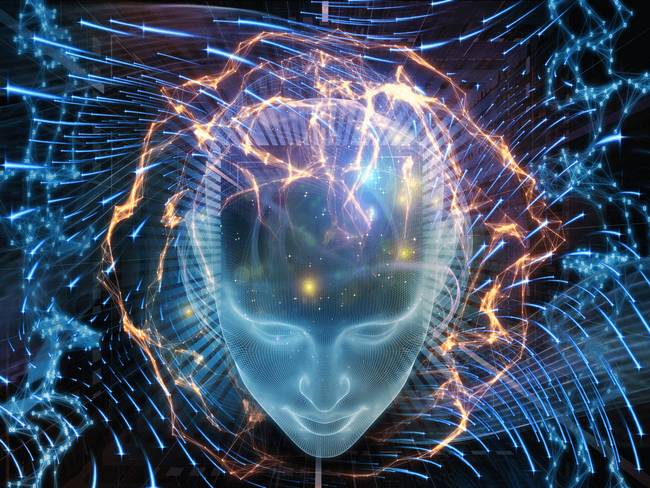Are you taking any pills to enhance performance?
When it comes to the mind, there are a host of drugs that have become popular in various settings as nootropics, from college campuses to high power startups in Silicon Valley. Of these, a few families of drugs have accumulated a collection of research studies suggesting that they could be utilized safety, and also produce a desired effect.
The first such category of such drugs that performance enhancement seekers often try are stimulants. Two common such drugs are methylphenidate and dexamphetamine, which are used routinely and safely to treat attention deficit hyperactivity disorder (ADHD) and narcolepsy. Despite their popularity for off-label use to boost concentration, however, these drugs are not really nootropics. They are actually quite dangerous if you don’t have ADHD or narcolepsy, or some other deficit, because tolerance builds up quickly, leading to dependence. Thus, while methylphenidate can keep you awake overnight or give you a boost in the morning, and possibly move you faster through a pile of non-creative work, they don’t really make you think better, and if you keep taking them you will be back to square one on performance, and with a drug dependence problem. You’d be better off with a strong cup of coffee.
Other types of memory and cognition enhancing medications have become available because they are being tested, or have shown promise, for improving memory or concentration, or for reducing apathy, in people with degenerative brain diseases. These drugs come in families, each with a flagship drug that we can use as an example here for discussion purposes.
